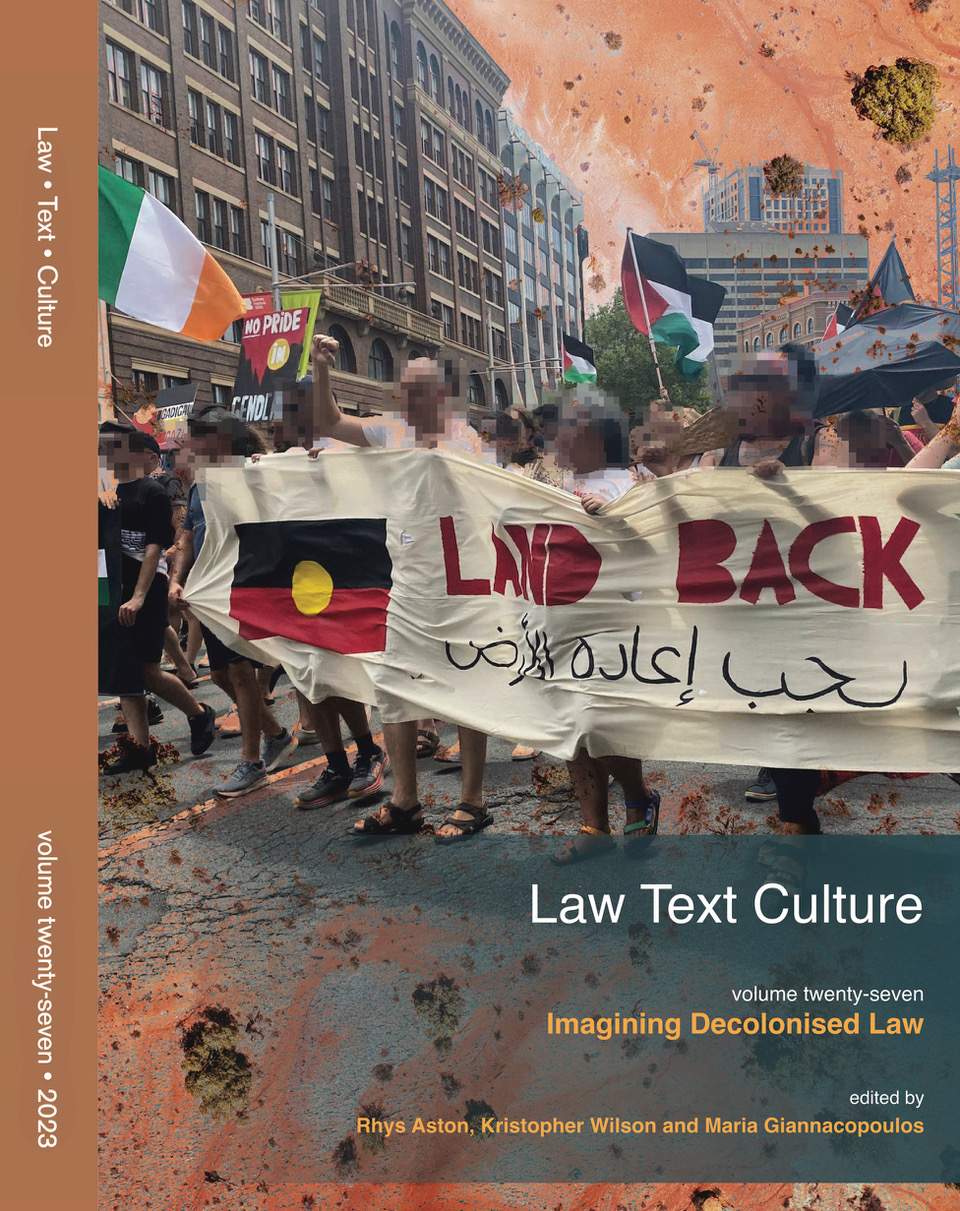Abstract
The cat’s cradle of relations between violence, power and secrecy, and how law refuses to acknowledge their activity, is examined here through readings of three novels, Bram Stoker’s The Lady Of The Shroud, John Buchan’s John Macnab, and Andrew Greig’s The Return Of John Macnab. Like scissors/paper/stone, violence, power and secrecy combine and recombine to generate different outcomes. This analysis provides a context for considering Craig Murray’s memoir concerning his period as British ambassador to Uzbekistan, Murder In Samarkand, a period which ended when his disapproval of the UK’s attitude towards torture made his position untenable. Recent case law on the relation between law and torture is drawn on in order to verify the hypothesis that law’s blind spot is power’s secret violence in the context of a situation where the challenge of, for example, terror, is received on our part not as a challenge to our values but as a challenge to our power, and responded to accordingly, by means not of a reassertion of our values but by a deployment of violence.
How to Cite:
McDonald, A., (2007) “The perpetual challenge and power’s secret violence”, Law Text Culture 11(1). doi: https://doi.org/10.14453/ltc.770
Downloads:
Download PDF
View PDF
213 Views
294 Downloads

